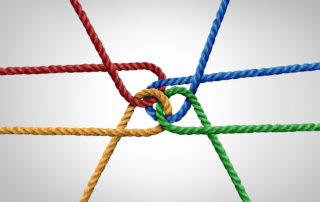How to Build Integrated Literacy Units that Develop 21st Century Learners
Jane Kennedy2023-09-12T22:47:36+00:00In this article you will learn…
- That to be college and career ready, students need to be able to gather, comprehend, evaluate, synthesize, and report on information and ideas, to conduct original research in order to answer questions or solve problems, and to analyze and create a high volume and extensive range of print and nonprint texts in media forms old and new.
- It is incumbent on teachers to provide instruction that builds students’ receptive skills through reading and listening, their thinking skills through analyzing the information they are receiving, and their productive skills through writing and speaking about their thinking.
- The standards design supports teachers to integrate the standards into literacy units so students can:
- Access information by reading and researching a variety of sources.
- Analyze information by critiquing, clarifying, examining, and discussing it.
- Apply their new learning by communicating it to others through written and spoken language.





